The blueprint for a better world may well lie in the intricate tunnels of a termite mound, waiting for us to uncover and apply its wisdom.
Filippo FinoTermites’ Insight into Biomimetic Design: Harmony Unveiled | Filippo Fino

When the beauty of innovation knows no bounds, we are called to discover fresh perspectives. Among the many marvels that nature unveils, it’s the little architects of the insect realm, the termites, that captivate my imagination. These modest creatures offer profound lessons, a source of inspiration for innovative living and visionary urban planning. Italian architect Paolo Soleri was among the pioneering visionaries to recognize the transformative power of termite-inspired architecture five decades ago. In the pivotal year of 1970, he unveiled a project called Arcosanti that was intended to forever change the fabric of urban living: this initiative, blending architecture and ecology, was founded on a concept known as “arcology,” which now stands as a resounding testament to visionary thinking. Paolo Soleri’s aspiration was nothing short of ground-breaking: to breathe life into a model for super-dense urban living. His wellspring of inspiration? The remarkable structures within termite colonies.
These minute architects and their creations lay at the heart of our journey. Remarkably, some of the most ingenious design and sustainability concepts emerge from the most unexpected places. It’s in the tiny termite that we can find inspiration and gain profound lessons, capable of reshaping our perspective on architecture and urban development. And it’s through this project that I came to appreciate the remarkable insights offered by these creatures, paving the way for a conscious interest in biomimetic design.
Arcology, as Soleri conceived it, mirrors the functions of a highly evolved organism, where architecture and living processes interact as seamlessly as organs and cells in a living body. At its core, arcology aims to maximize urban vitality while minimizing the consumption of land, raw materials, and energy resources. In many ways, it mirrors the mission of termites, who’ve been working diligently for millions of years to perfect their communal habitats.
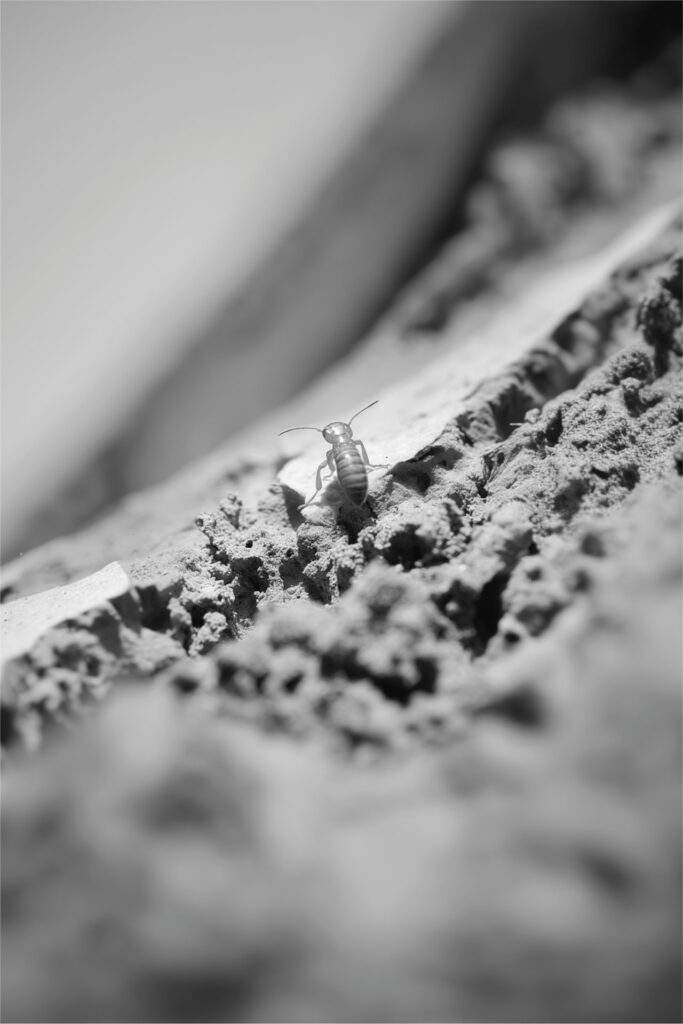
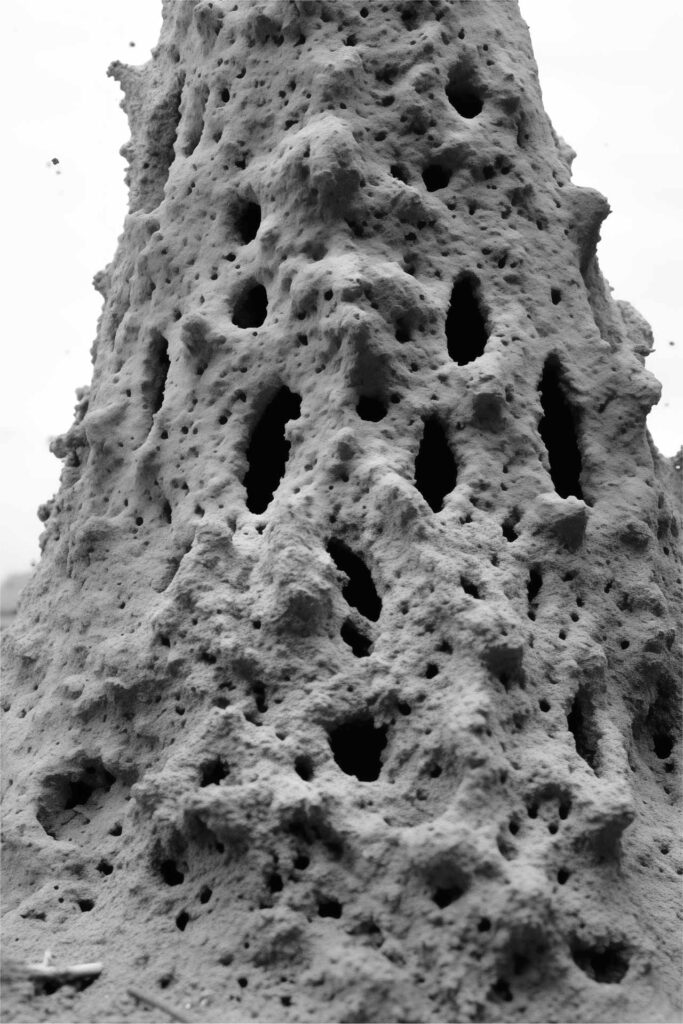
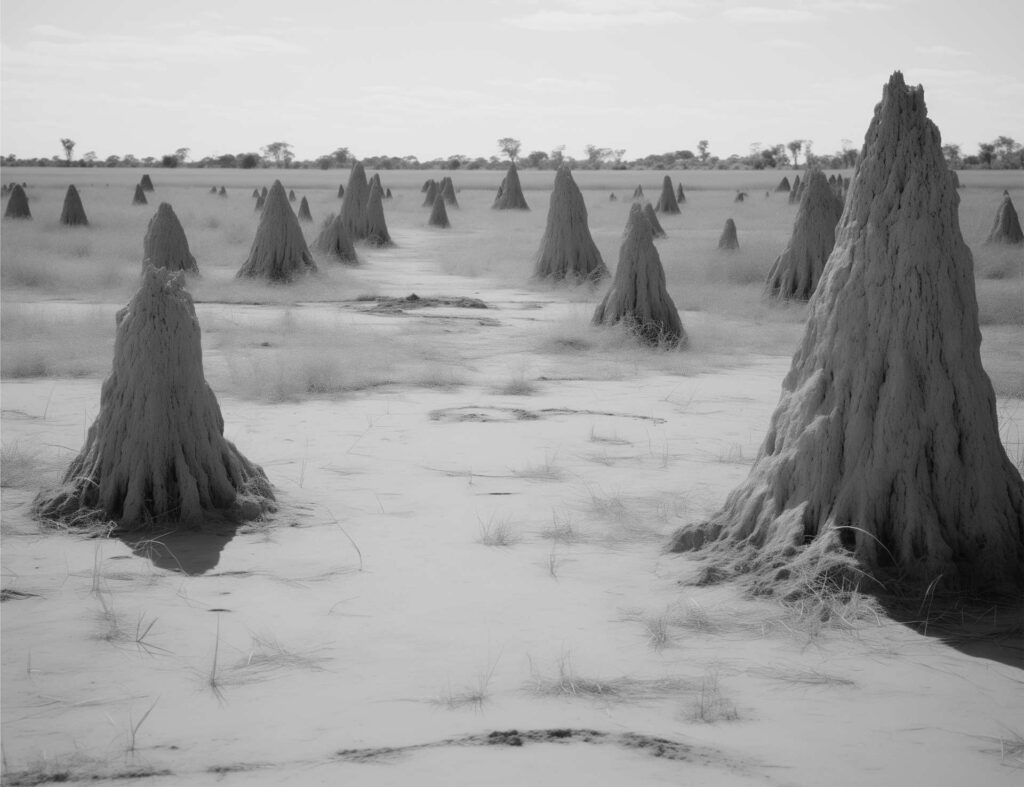
Understanding that intelligence takes many forms is the first step to unlocking the secrets hidden in the natural world. A group of passionate English scientists embarked on a journey of discovery, delving into the intricate structures of termite mounds. Their quest? To unravel the lessons these colonies hold for the future of architecture.
Dr. Henderson, a leading researcher in the field, points out that termites “were the first animals to form societies”, blazing this path nearly 200 million years ago.
Yet, unlike our meticulously organized cities, there are no blueprints, no central command, and no executive authority within termite colonies. Instead, their behavior, molded by millions of years of evolution, sculpts the very mounds they inhabit, which, in turn, shape their environment, creating a captivating cycle of harmony.
In the heart of a termite mound lies the “egress complex”—a mesmerizing network of tunnels, each measuring a mere three to five millimeters in diameter. These tunnels interconnect with broader passageways within the colony, and maintain a delicate balance of oxygen, temperature, and humidity essential to sustain a population of one million termites. Moreover, certain termite species have formed a fascinating partnership with an external ally: a fungus cultivated within their sand and clay citadels. Termites consume a portion of the fungal spores, harnessing the enzymes produced by the fungus to break down tough, fibrous food sources. This astonishing symbiotic dance hints at nature’s genius in creative problem solving. It’s a revelation that ignites our imagination, making us ponder whether termites could very well have been early pioneers in the invention of agriculture.

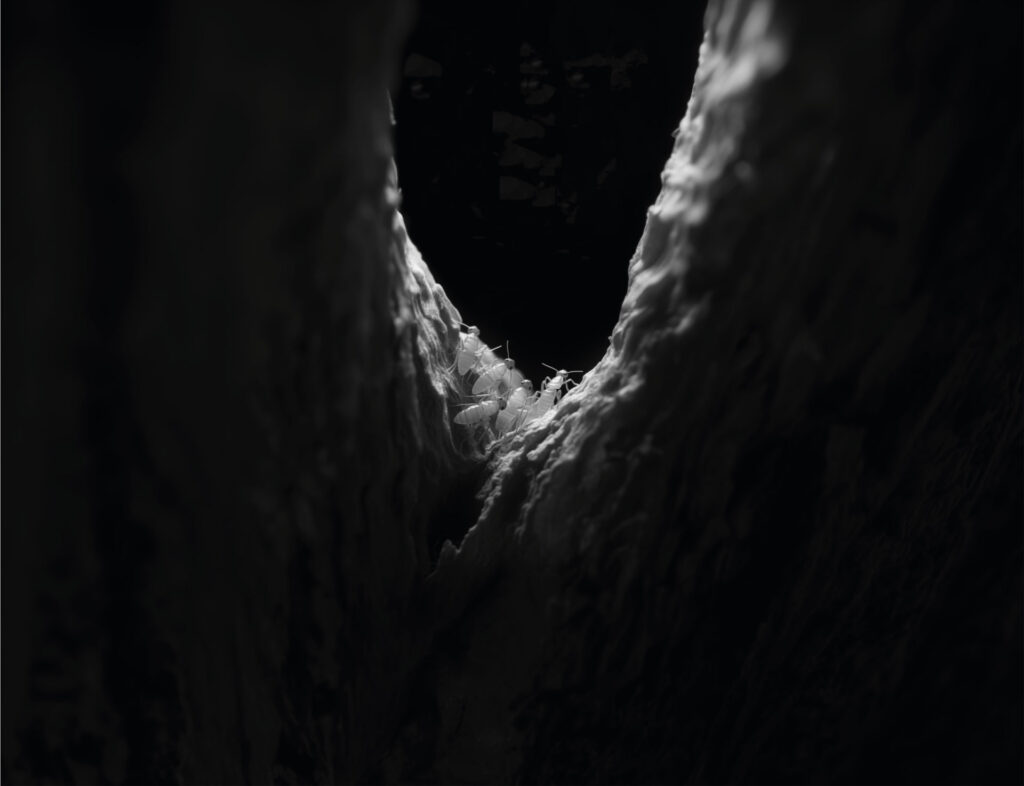
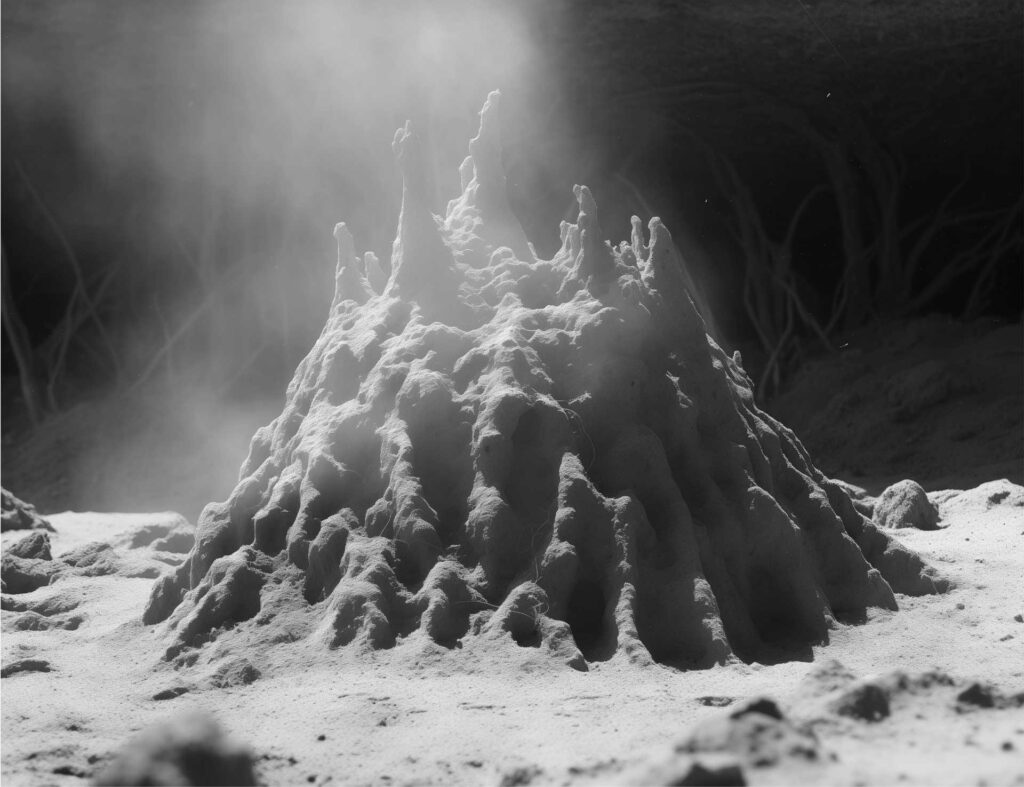
These termite creations transcend mere architecture; they serve as thriving ecosystems themselves. Even in the face of encroaching desertification, the vegetation surrounding these mounds flourishes, perpetually rejuvenating the landscape. How do they do it? By meticulously crafting macropores as they burrow through the earth, termites facilitate deep soil hydration, preventing runoff and evaporation. They ingeniously blend inorganic elements like sand, stone, and clay with organic materials such as leaf litter and even discarded exoskeletons, creating a recipe for nutrient rich, erosion-resistant soil.
A dance of harmony with the environment, where we take our cues from nature’s genius to design a world that thrives in balance: this is biomimetic design, the approach that draws inspiration from the natural world to solve complex human challenges.
Termites may be small, but the wisdom they provide is monumental, setting the stage for a new era of biomimetic thinking. The profound lesson here is that these tiny architects, through their cooperative ethos and clever design principles, offer us a glimpse into a resilient future. By learning from their ability to coexist with nature, we can reimagine our approach to architecture and urban planning. By considering how termites establish and maintain harmonious communities, city planners can reimagine urban spaces to maximize efficiency while minimizing resource consumption. The decentralized, adaptive structure of termite colonies, formed without central authority, serves as a model for more resilient and responsive city designs.
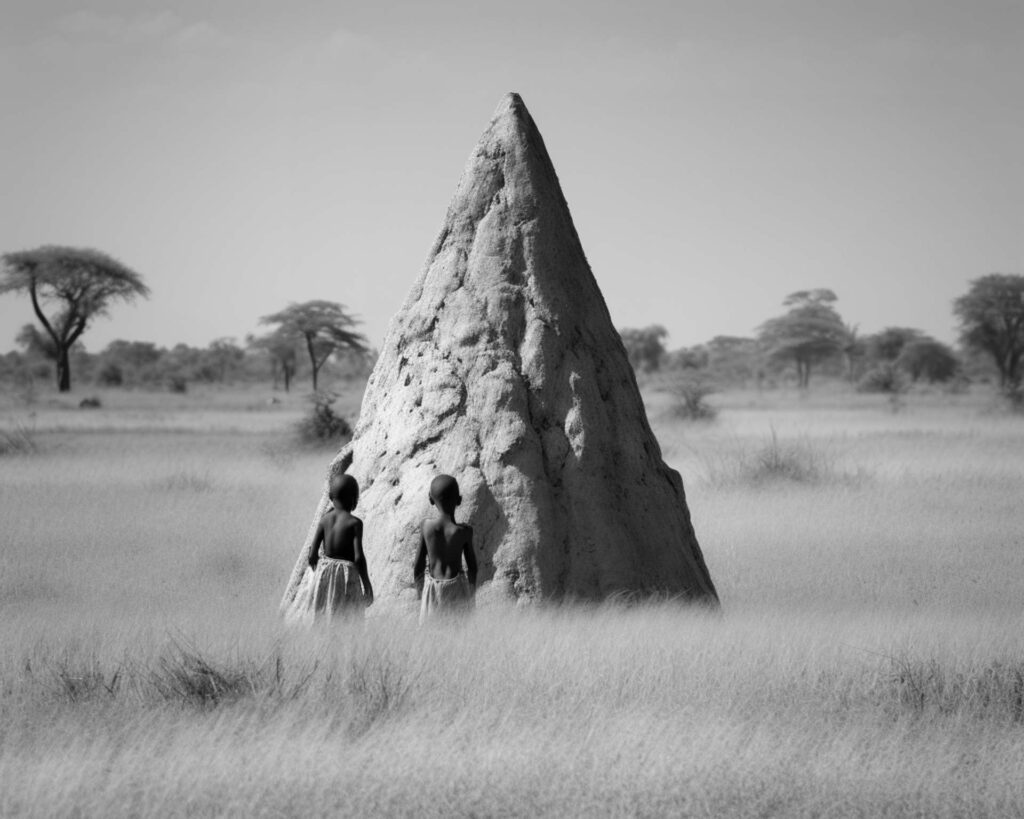
Words and Images by Filippo Fino




